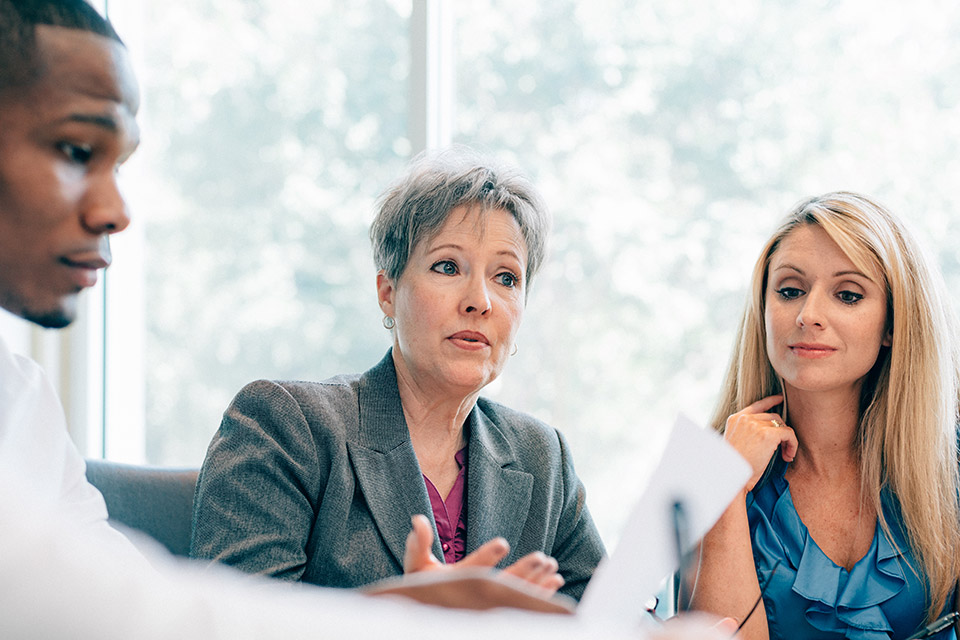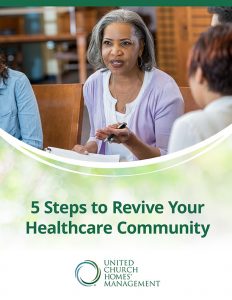The population of older adults living in the U.S. is in the midst of unprecedented growth. In fact, a 2019 report by Love & Company on senior living trends predicts that more than 76 million baby boomers will start making post-retirement life choices by 2025. There are a bevy of opportunities for senior living providers in the years to come. But as the market evolves at a rapid-fire pace, providers need to ensure they have long-term financial solvency and the resources needed to keep their care communities afloat.
Rather than finding yourself in a dire situation and wondering what your options are, it’s best to look at the hard data and ask yourself the hard questions now. If you put a strategic plan into place for the future, you’ll be best positioned to keep your care community out of crisis.
Sustainability
If you’re currently struggling in the market, it’s easy to believe the size of your community is the reason you’re failing to compete with larger corporations. But it’s not about size, or even about how diversified you are in the market. Your ability to read the senior living market and adapt to the changes happening within it is what will ultimately keep you afloat, regardless of whether you’re a small, locally owned community or a large, regional or national multi-community operator.
Providers that are always thinking ahead, rather than just living in the moment have anticipatory thinking. How can you tell if you’re likely to survive in the market? Start by taking a look at your sustainability. A sustainable community is one that’s economically and financially healthy and resilient. This boils down to things like cash flow, reimbursements and financial resources necessary to make physical community improvements.
Sustainability is the ability of a smaller senior living community to stay open and remain independent or be acquired, without losing their identity to a larger conglomerate. A sustainable community is one that has a flavor all its own, with a name and culture that can stay intact.
Capacity
After assessing your sustainability in the market, it’s time to assess your capacity. Capacity is a community’s ability to tap into the resources it needs when it needs them. It takes vision to anticipate future needs. Not to mention, banks are going to be interested in your long-term capacity in order to measure growth opportunities and loan risks.
Senior living and healthcare providers have a responsibility to care for older adults. But whether you operate a for-profit or nonprofit community, it’s imperative to keep a close watch on your budget and cash flow. Subtract your liabilities and expenses from your revenue to get a baseline snapshot of your current organizational health.
Start by looking at one year of past data. Due to the volatility of reimbursement data, any information older than one year is likely to be irrelevant. After looking back one year, factor in local and national trends to understand where the industry is headed. Your long-term lens should always be looking ahead but shouldn’t look any further than three to five years out.
If the market shifted or changed tomorrow, would you be able to adapt? What if it changed five years down the line? Thinking about what’s next — even years ahead — instead of just living and operating in the present is what will make you adaptable in fluctuating market conditions.
What’s Next?
The future is now. If you run the numbers today and they don’t add up for success in the years to come, you need to take a course of action. Start by downloading our white paper below and learn how to revive your nonprofit care community, one step at a time.

